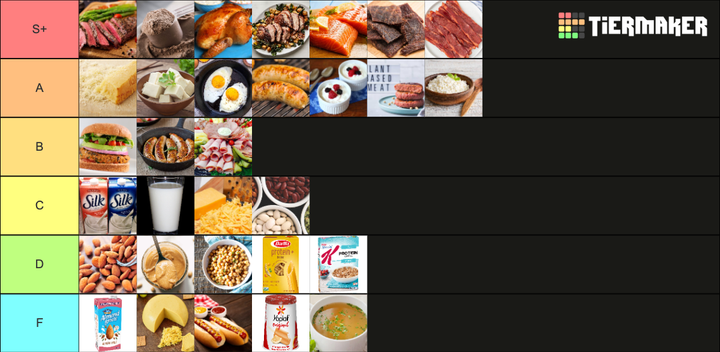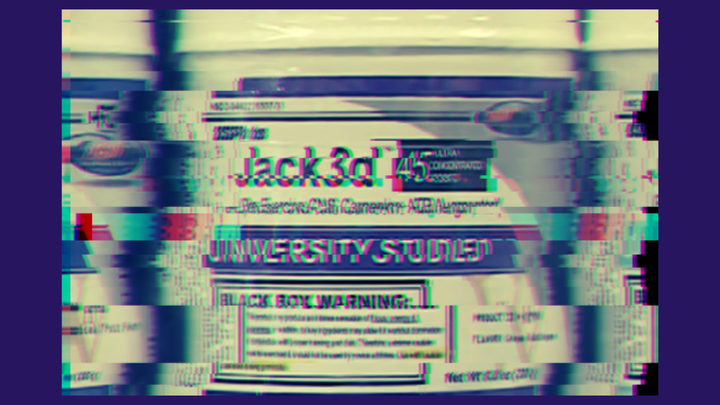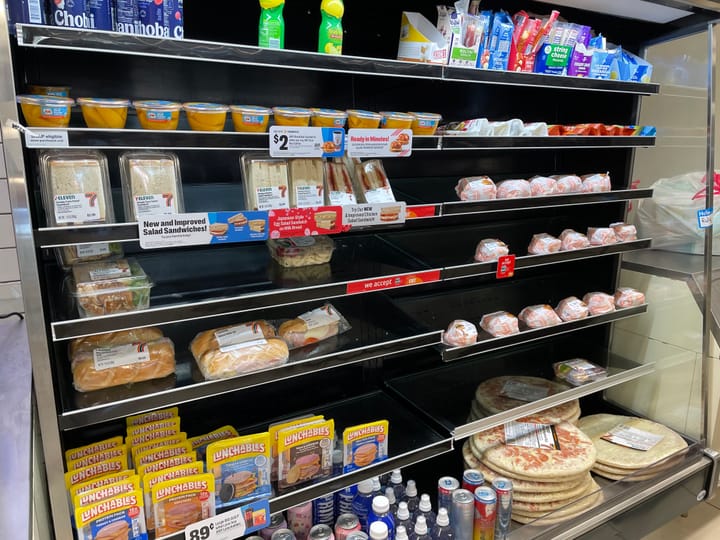Protein sources and protein "sources," ranked

If you ever wondered why it seems easy for many of your bodybuilding/strength-training faves online to get enough protein, it’s because after months or years of tracking food, they've developed an intuitive sense of how to piece foods together that doesn’t require whipping out a food database app and comparing and contrasting the macros of every possible protein option on the Chipotle menu, or whatever. They don’t have to consult the app to know that chicken has more protein per serving than eggs or beans. It's a sort of "gentle nutrition" compass you can develop over time.
In hopes of doing an end-run around that, especially for people who don’t want to mess with numbers, I have made the chart above (and below). "Proteins, Ranked" visually organizes into tiers a bunch of common “protein” foods based on their protein density, or how much protein they have per serving. The closer they hover near the top of the chart, the overall smaller quantity of the food you have to bother with eating to get what your muscles need.
If you, for instance, find yourself in a lot of food situations where you didn’t make the food yourself, this chart will hopefully make it easy to pick a protein out of a lineup, if you need more protein for the day, without having to pull out an app and do a bunch of searching: which type of salad topping, which filling of sandwich, chili over chicken noodle for your soup.
You can also see here which proteins are roughly on the same level—there’s not much to be gained or lost when choosing between a pork or chicken sandwich, for instance. But a veggie burger, even a black-bean burger, has more protein bang for the buck than a chickpea one, protein-wise (yes, really, and it’s not close!).
I tried to equalize here for the most part between serving size/caloric content. To be painfully clear, this is a chart for if:
- You are eating an ambitious amount of protein for the purpose of muscle building
- You find yourself struggling to get enough protein
- You would like to be able to lessen your use of tracking apps
It is not a chart for:
- Browbeating yourself over eating any of the foods in the lower tiers
- Restricting yourself to eating only the foods in the higher tiers
On any given day, you could eat foods from all over these tiers and still easily meet the protein threshold for muscle-building. There are still no good or bad foods. There is diminishing benefit to eating endless amounts of protein; more is not always better.
We can't have bots here.
Let's see some ID. (Just your real email, please.)





